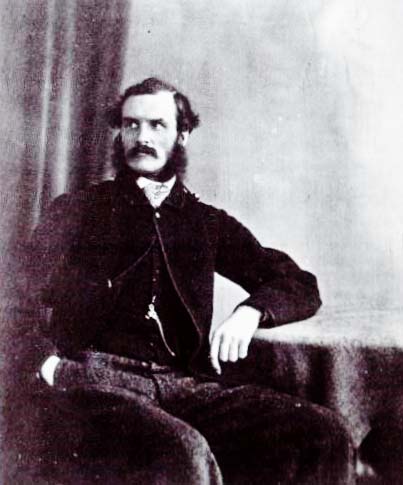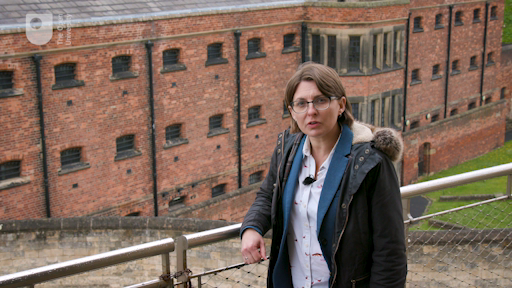Session 7: Uniformity in prisons and prison education
Introduction
Uniformity in prison discipline – the idea that the experience of imprisonment should be the same for every prisoner convicted of a similar offence regardless of the prison he or she ends up in – had been an ambition of penal reformers since the beginning of the 1800s. It was, they argued, a question of fairness. Also, they believed that deterrence (discouragement to commit crime) was impossible without it. From the early 1800s through to the 1870s, stories circulated that some criminals deliberately committed their crimes in jurisdictions with prisons in which discipline was ‘soft’ (McConville, 1995b, pp. 126–7).
Because convict prisons were under the control of the Home Office, uniformity was easier to achieve in this sector (though, crucially, it was never absolute). From the early 1850s, the Convict Prison Directors used Standing Orders to enforce, clarify and extend the rules set out for each type of prison or stage of penal servitude. You looked at some of these Standing Orders in Session 6. In this session, you will examine another, Standing Order 309, which aimed to homogenise (make the same) the curriculum and delivery of education across the convict prison sector.
Local prisons were run by local magistrates (county and borough) and paid for, almost entirely, by local rates. Between 1800 and the 1870s, legislation passed by Parliament to achieve greater uniformity in this sector had a limited effect. In 1877, Parliament passed new legislation which transferred control of all UK local prisons to the Home Office and their running costs to the Exchequer (i.e. Treasury).
Nationalisation provided an opportunity to enforce in full prison rules and regulations contained in legislation; for example, in the case of England and Wales, in the 1865 Prison Act. As these rules included the provision of education, by the early 1880s a national system of prison education had been created in Britain (in Ireland it took a little longer). In this session, you will learn how policymakers went about the task of creating a homogenous experience of education in local prisons. Throughout, you will be asked to consider the advantages and disadvantages of the pursuit of uniformity in prison discipline.

By the end of this session, you should be able to:
- assess the extent to which uniformity in prisons was achievable
- outline the impact of the pursuit of uniformity on the content and delivery of prison education
- evaluate the impact of an exclusive focus on the basic skills (reading, writing and arithmetic) on the transformative potential of education in prisons.
Let’s begin by returning to Lincoln Castle Gaol. In this video, Rosalind Crone presents the final chapter in the history of this prison. Why did Lincoln Castle Gaol close in 1878? What happened to the prisoners? What happened to the prison buildings?
Watch the video now and make some brief notes in answer to these questions. You’ll refer back to them later in this session.

Transcript
[GENTLE MUSIC]
[DOOR CREAKING]
